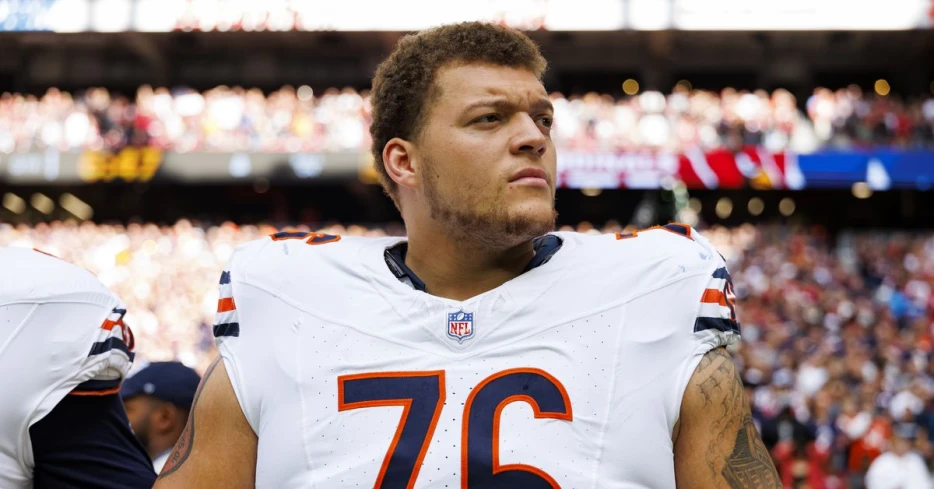
 Dawgs By Nature
Dawgs By Nature
The contract for Jenkins raised quite a few eyebrows.
It’s not often that contract projections are so far off-the-mark for players hitting free agency in the NFL, but that’s what happened when the Cleveland Browns signed OL Teven Jenkins last week.
Pro Football Focus estimated that he could get $13 million per year, but instead, he settled for a 1-year, $3.05 million deal with the Browns. Jenkins was a second-round pick at No. 39 overall in 2021 by the Chicago Bears. When he’s played, he’s been really good, and was one of the better-performing guards in the league last year. With Joel Bitonio having contemplated retirement this past offseason and Wyatt Teller occasionally having the injury bug, it’s a great depth addition for Cleveland. However, the fact that Jenkins’ deal was so low, even for the standards of a quality backup, means that there has to be some league-wide concerns about his health.
Still, in the past three years, he’s started 11, 11, and 14 games. Yes, it’s not ideal that he missed action and had a variety of injuries, but it seems like a worthwhile gamble for Andrew Berry and company, and reminds me to a degree of how Berry likes to take fliers on guys with injury track records — I’m thinking about the Maurice Hurst’s and Nyheim Hines of the world. Some of those pan out, while others don’t.
Let’s look at how Jenkins’ deal is structured: